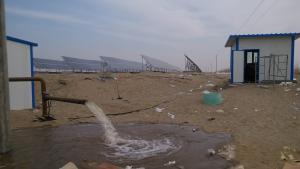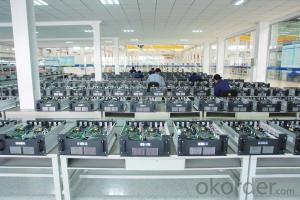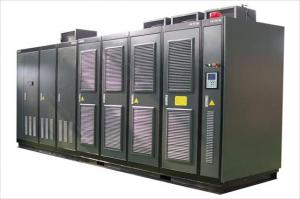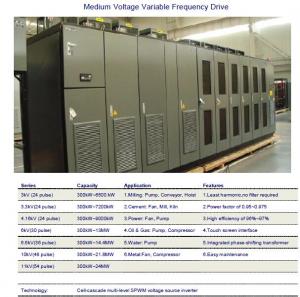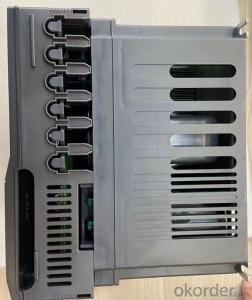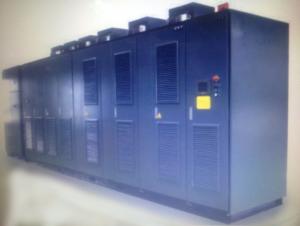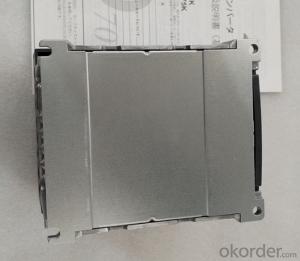Quantum Solar Inverter
Quantum Solar Inverter Related Searches
Quantum Solar Cells Quantum Vacuum Solar Cells Solar Solar Inverter Inverter Solar K Solar Inverter Quality Solar Inverter Sun Solar Inverter Power Solar Inverter Power Inverter Solar Kw Solar Inverter Solar Energy Inverter Smart Inverter Solar Solar Smart Inverter Small Solar Inverter Smart Solar Inverter Hybrid Inverter Solar Solar Converter Inverter Solar Based Inverter Solar Inverter Kit Hybrid Solar Inverter High Frequency Solar Inverter Solar Home Inverter Inverter Hybrid Solar Sunshine Solar Inverter Samsung Solar Inverter Solar Module Inverter Fusion Solar Inverter Battery Solar Inverter Inverter Solar Cell Solar Battery InverterQuantum Solar Inverter Supplier & Manufacturer from China
Quantum Solar Inverters are advanced power conversion devices designed to optimize the performance of solar energy systems by converting the variable direct current (DC) output from solar panels into a stable alternating current (AC) that can be fed into the electrical grid or used by appliances. These inverters play a crucial role in maximizing the efficiency and reliability of solar power installations, ensuring that the energy generated by the panels is effectively utilized.The application and usage scenarios for Quantum Solar Inverters are vast, as they are essential components in residential, commercial, and industrial solar power systems. They are used to manage the energy flow from solar panels to the grid or local electrical systems, ensuring that the power output is consistent and safe. In addition to their primary function, these inverters also provide monitoring capabilities, allowing users to track the performance of their solar systems and make informed decisions about system maintenance and upgrades.
Okorder.com is a leading wholesale supplier of Quantum Solar Inverters, offering a wide range of models to cater to the diverse needs of solar power system users. With a large inventory and competitive pricing, Okorder.com ensures that customers have access to high-quality inverters that meet their specific requirements. By partnering with Okorder.com, customers can benefit from the convenience of a one-stop-shop for all their solar inverter needs, streamlining the procurement process and ensuring that they receive the best possible products at the best possible prices.
Hot Products


































